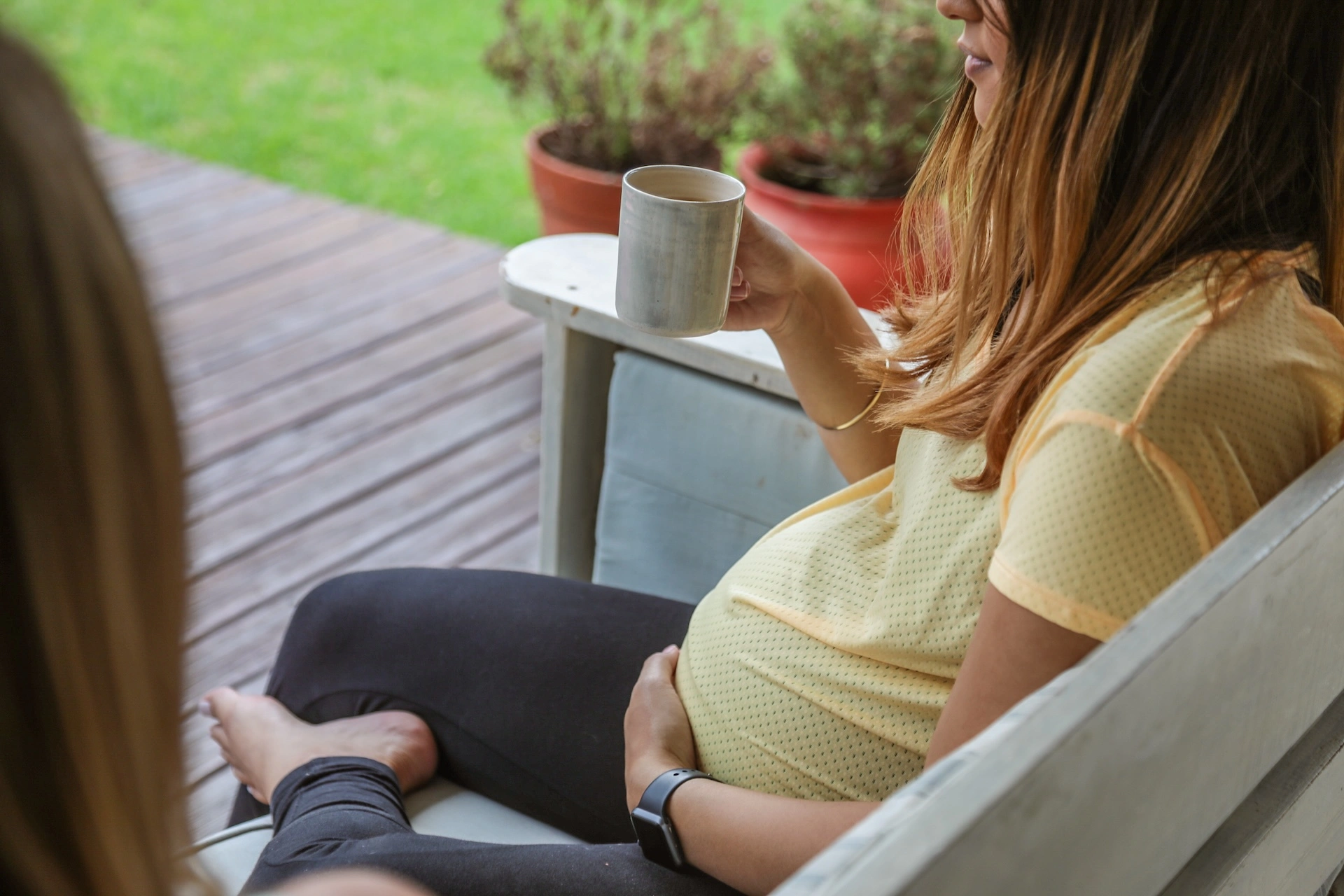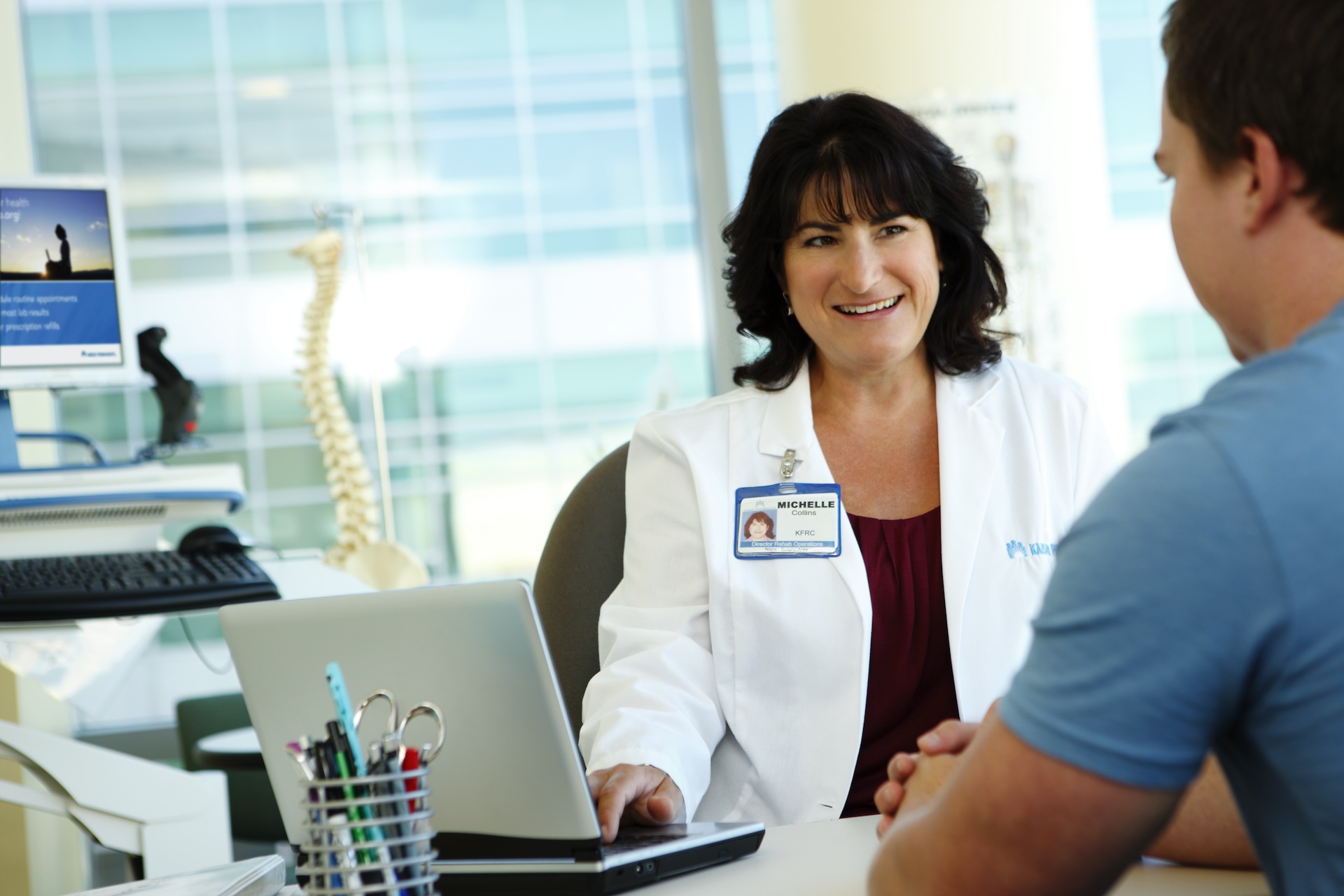Kaiser Permanente research spotlights role of local government, public health in cannabis regulation
Following the legalization of recreational cannabis use and the start of retail sales in California, rates of prenatal cannabis use increased sharply among pregnant individuals who lived in cities or counties that permitted cannabis retailers, according to new Kaiser Permanente research. The same bump was not seen in jurisdictions with bans on retail sales of recreational cannabis.

The post-implementation increase was separate from a longtime, steady trend of increasing cannabis use in early pregnancy. The study was published in JAMA Health Forum.
Medical advice discourages cannabis use during pregnancy. There is evidence from Kaiser Permanente research and elsewhere showing health risks to both mothers and babies from prenatal cannabis use.
Adult-use cannabis retail sales began in January 2018, after recreational cannabis was legalized in 2016.
“Our previous research has shown steadily rising rates of prenatal cannabis use over the past decade,” said lead author Kelly Young-Wolff, PhD, MPH, a clinical psychologist and research scientist with the Kaiser Permanente Division of Research. That long-term trend was captured in a separate study published recently in Obstetrics & Gynecology; it reported prenatal cannabis use rising from 5.5% in 2012 to 9% in 2022.
In the new study, the researchers wanted to test whether rates jumped after legalization and whether increases varied depending on where patients lived and whether cannabis retailers were allowed there. “Our hypothesis was that we would see a greater increase in places where retailers are allowed versus where they are not allowed, and that is exactly what we found,” Young-Wolff said.
The analysis included more than 300,000 pregnancies of KPNC members between 2012 and 2019. During early prenatal care, patients are asked about their substance use and undergo urine toxicology testing so that they may receive substance use treatment during pregnancy if needed. Overall, 6.6% screened positive for prenatal cannabis use via self-report or toxicology testing.
When comparing prenatal cannabis use before and after implementation of California’s law, the researchers saw rates rise from 4.5% in January 2012 to 7.1% in January 2018, when retailers were allowed to open. In first month after implementation, the rate of prenatal cannabis use peaked at 8.6%.
The trend varied based on local adult-use retail policies, the study found. Medical records showed that 49.7% of patients lived in jurisdictions that allowed cannabis retailers, and 50.3% lived in jurisdictions that banned cannabis retailers. Rates of cannabis use increased significantly in jurisdictions allowing adult-use retail but not in those that banned it. At the end of the study period, December 2019, average rates of cannabis use remained higher in jurisdictions that allowed retail sales of cannabis (8.4% versus 7.4% in those that banned sales).

The analysis used advanced methods to separate out the trends by time. “This study was strengthened by our use of Interrupted Time Series modeling,” explained senior author Stacey Alexeeff, PhD, a DOR research scientist and biostatistician. “Our models account for the fact that prenatal cannabis use was already increasing before legal sales began. We were able to estimate the immediate change above what would have happened if the prior trends had continued.”
The study was also unique in its ability to identify cannabis use by pregnant patients, along with the cannabis retail policies of those cities and counties where they live, Young-Wolff said. “Other studies have tried to look at the impact of state legalization of cannabis but have not incorporated data on local policies, which is crucial for capturing exposure and access to cannabis,” she said.
The results suggest pregnant patients may have been influenced by the availability of cannabis near them, Young-Wolff said. “This would be consistent with what we found in focus groups of pregnant individuals who use cannabis,” she said. “We asked them what they thought the impact of legalization had been on their pregnancy. A lot of them said, ‘Well, now it’s legal, so it’s OK to use or it’s safe.’”
These findings have significant implications for both clinicians working with pregnant patients and for public health officials deciding about cannabis regulation, the authors said. “It is possible that states that legalize cannabis for adult use, and local jurisdictions that allow adult-use retailers, might see an increase in prenatal cannabis use and associated adverse neonatal outcomes,” they wrote.
Recently, the study team published research that associated problematic cannabis use among adolescents with retail availability of cannabis. This study, in the American Journal of Public Health, included 103,134 patients aged 13 to 17. It found that during well-child pediatric visits 5.5% of patients said they’d used cannabis in the previous year; 0.3% were diagnosed with problematic cannabis use. The analysis found less self-reported cannabis use in adolescents who lived in jurisdictions that banned storefront retailers or delivery.
Both studies were funded by the National Institute on Drug Abuse.
Additional co-authors on the prenatal cannabis study were Natalie E. Slama, MPH, Lyndsay A. Avalos, PhD, Sara R. Adams, MPH, Monique B. Does, MPH, and Cynthia I. Campbell, PhD, of the Division of Research; Alisa A. Padon, PhD, and Lynn D. Silver, MD, MPH, of the Public Health Institute; and Deborah Ansley, MD, and Carley Castellanos, MFT, of Kaiser Permanente Northern California.
# # #
About the Kaiser Permanente Division of Research
The Kaiser Permanente Division of Research conducts, publishes and disseminates epidemiologic and health services research to improve the health and medical care of Kaiser Permanente members and society at large. It seeks to understand the determinants of illness and well-being, and to improve the quality and cost-effectiveness of health care. Currently, DOR’s 600-plus staff is working on more than 450 epidemiological and health services research projects. For more information, visit divisionofresearch.kaiserpermanente.org or follow us @KPDOR.





Comments (0)